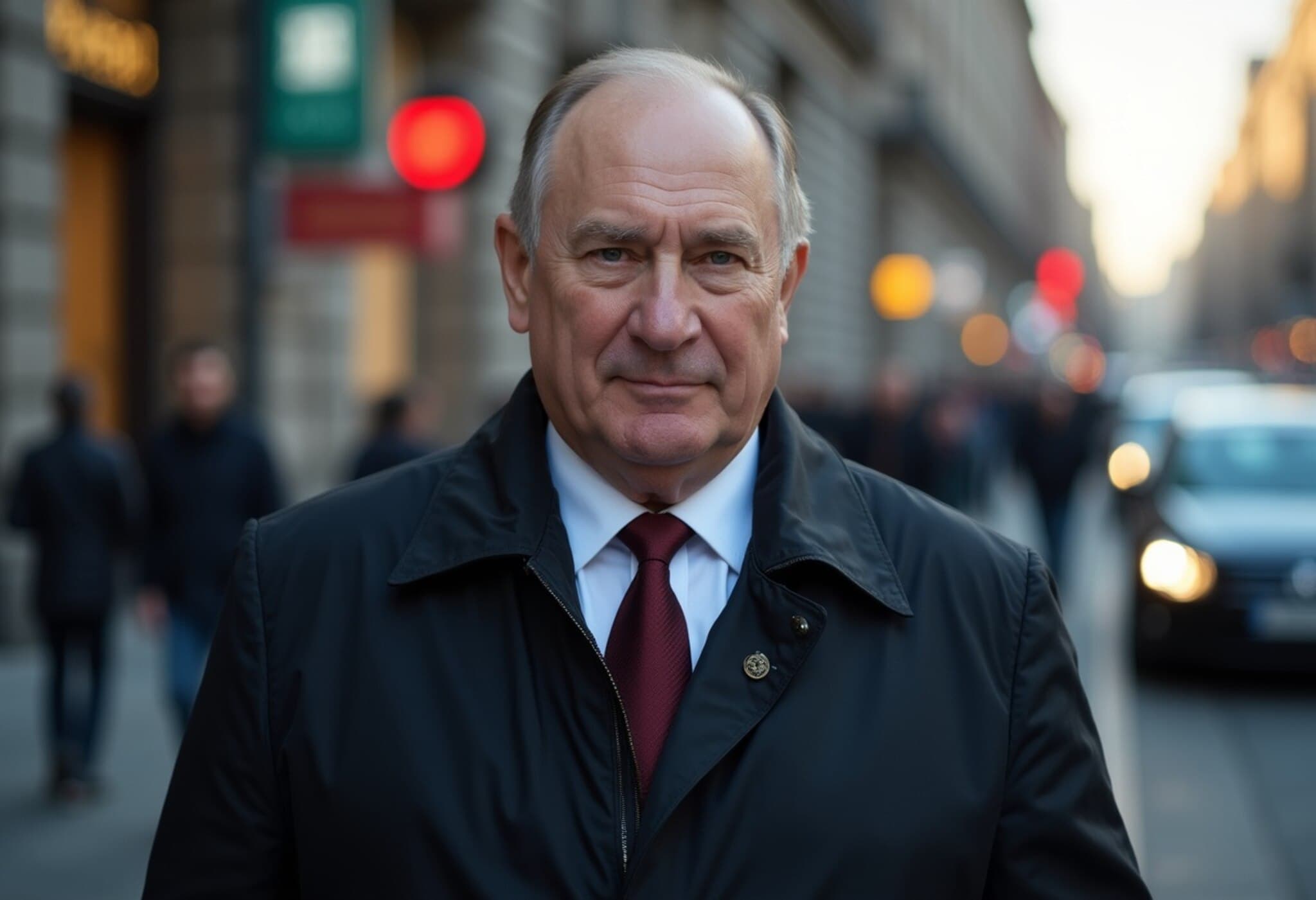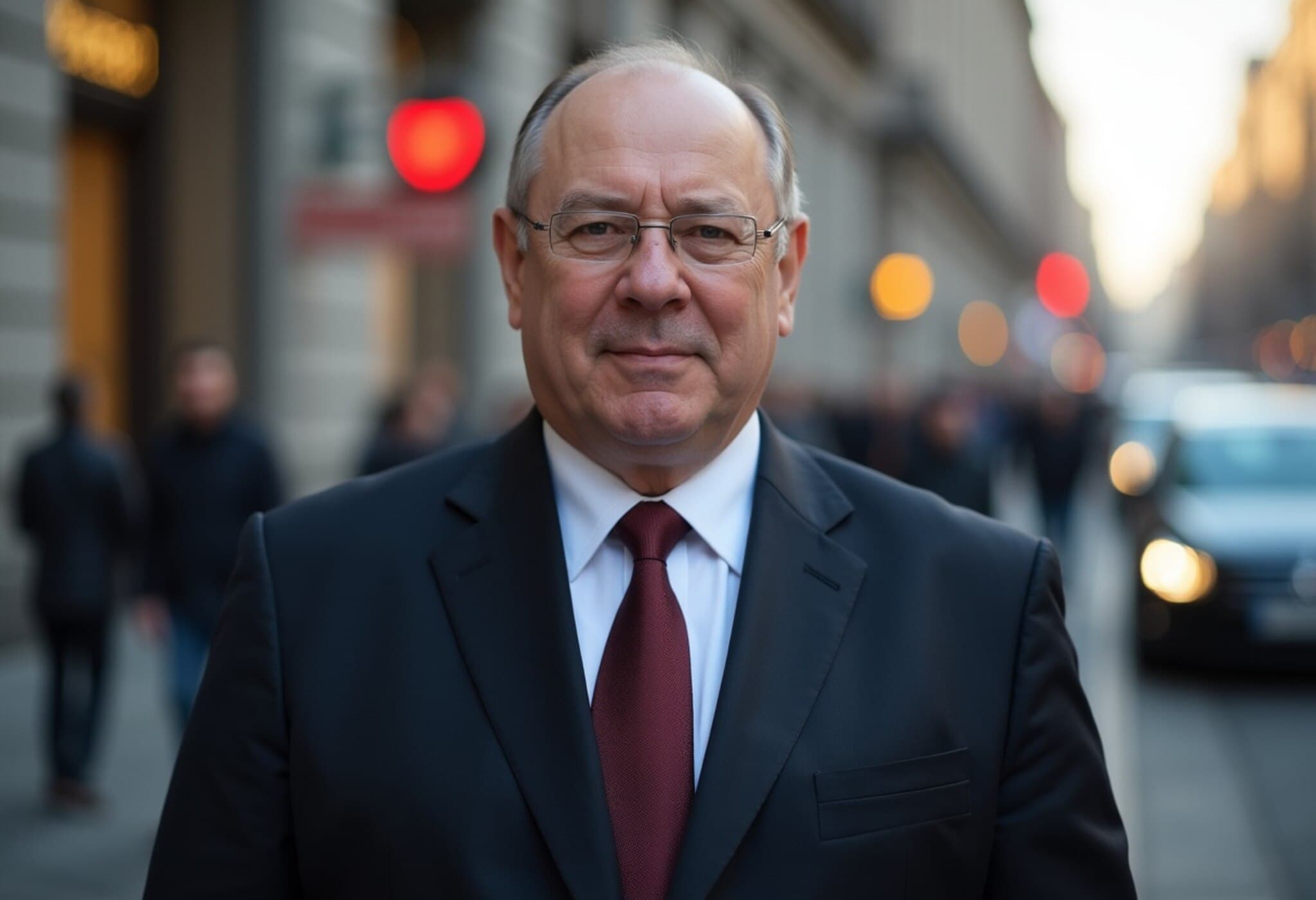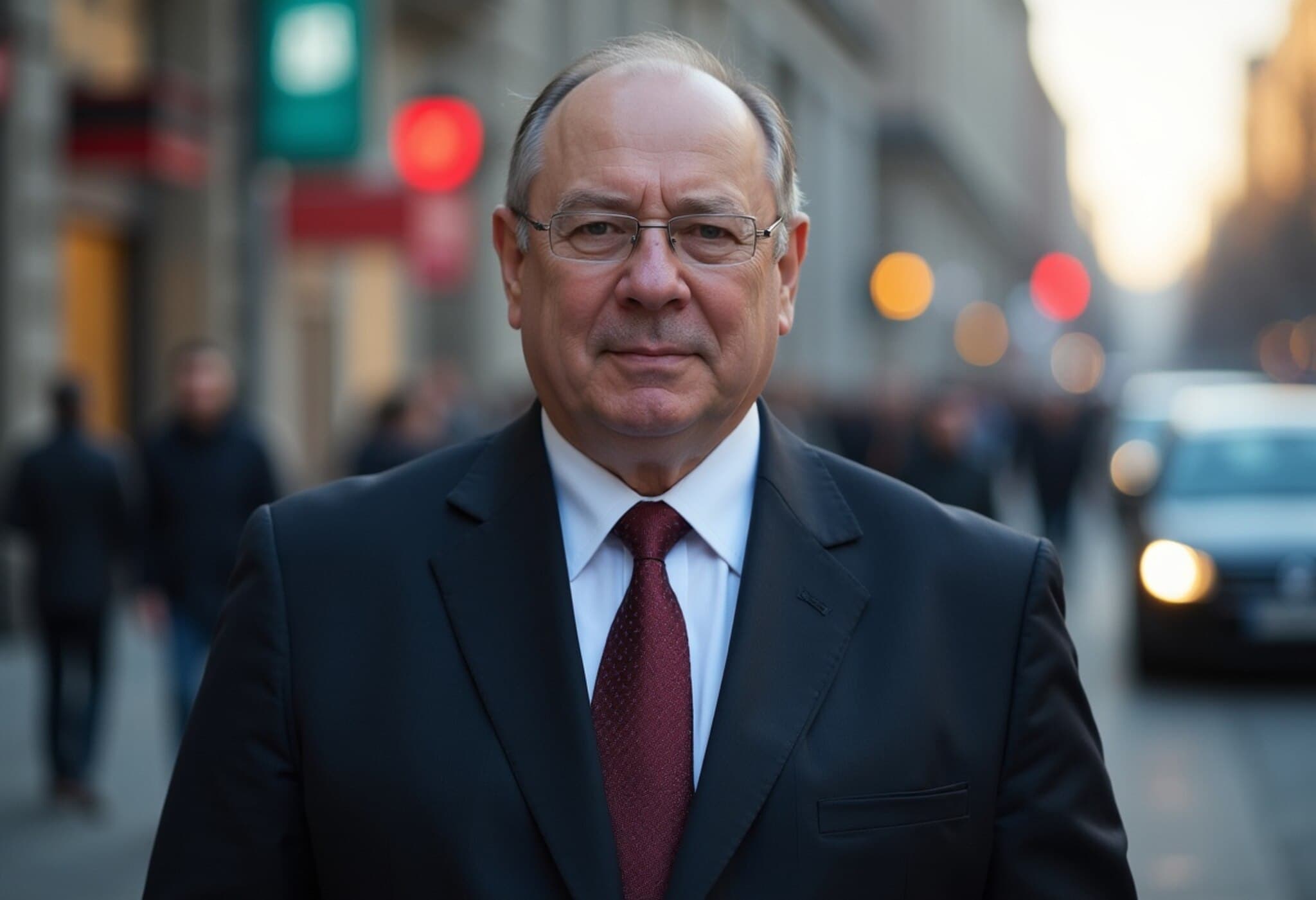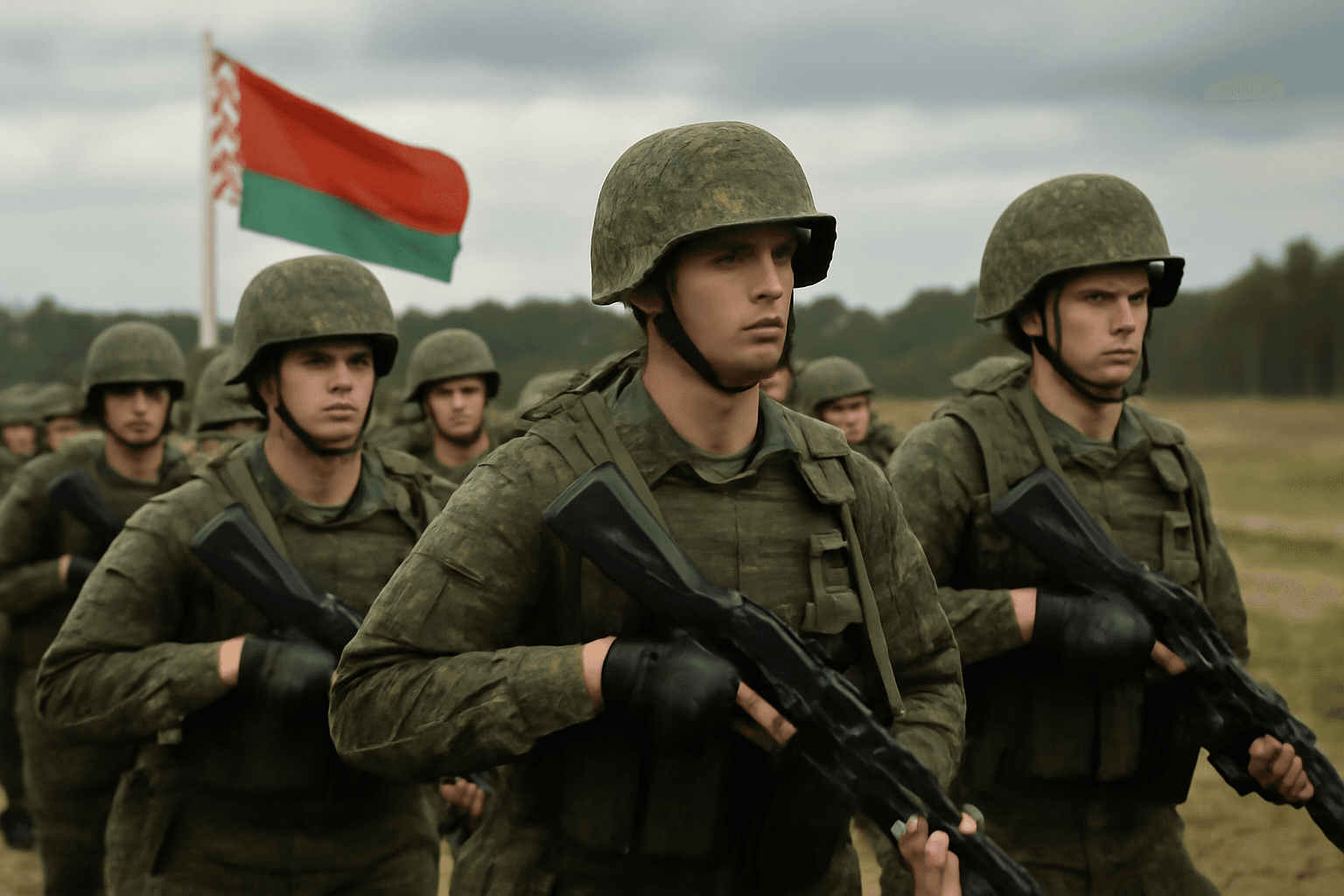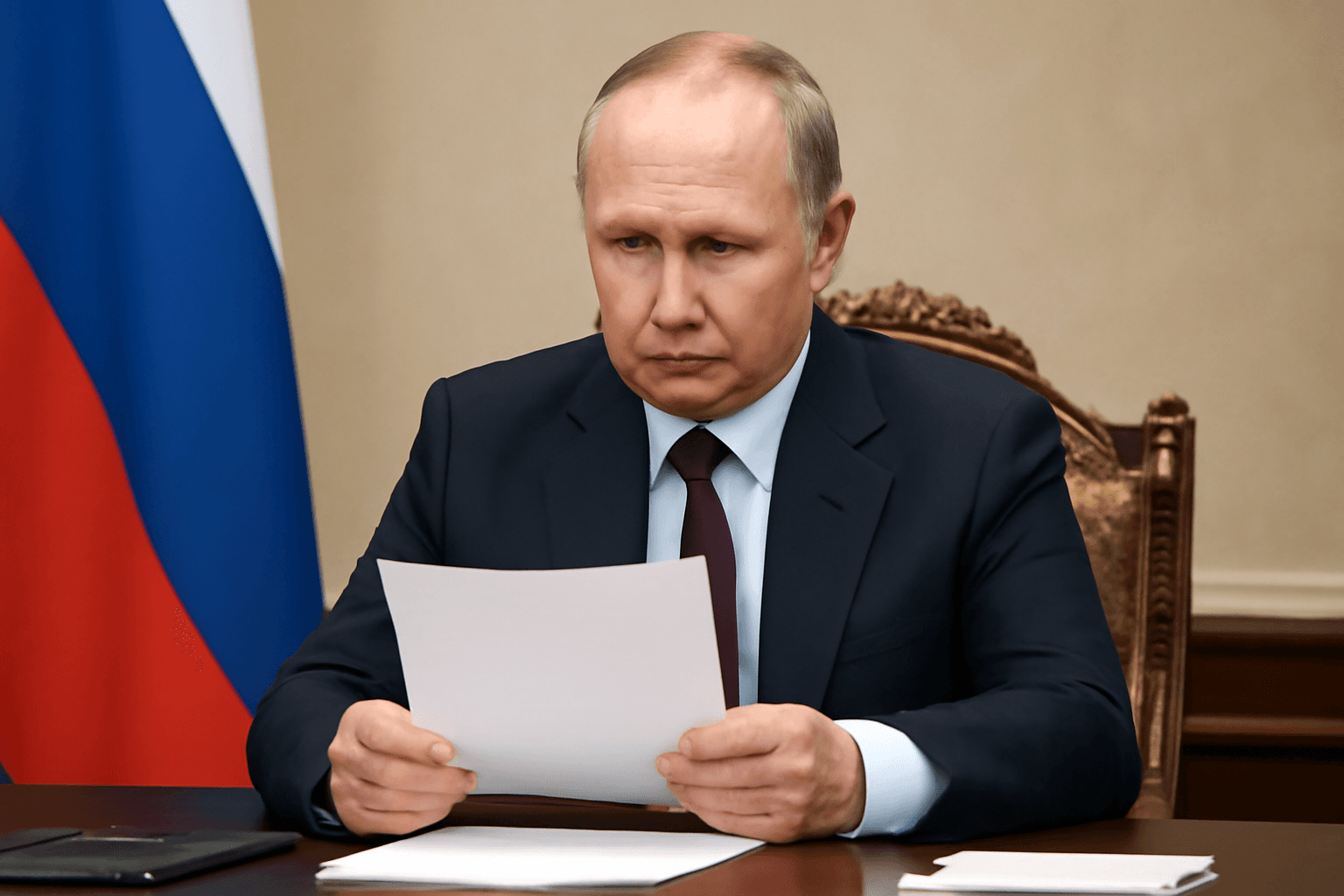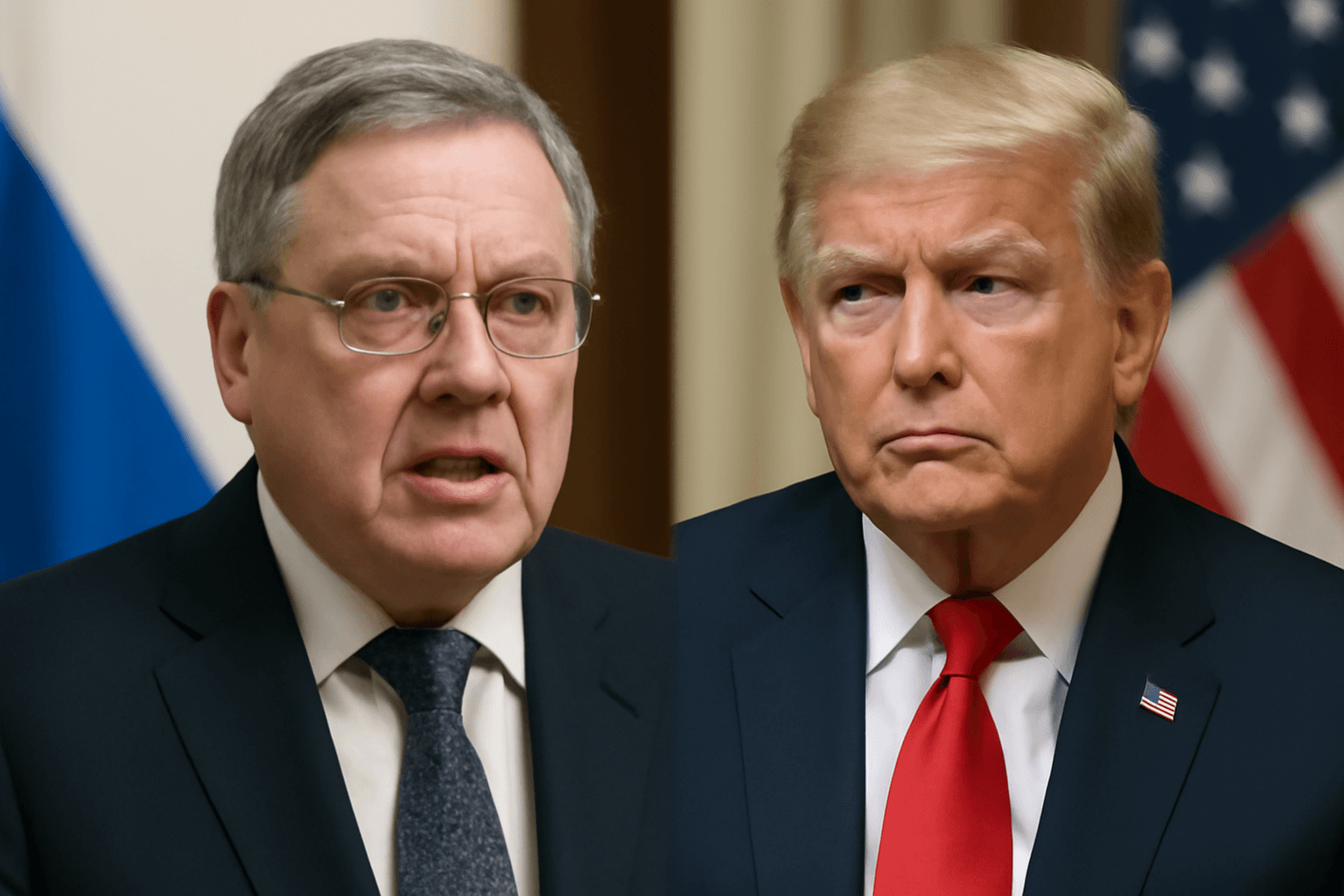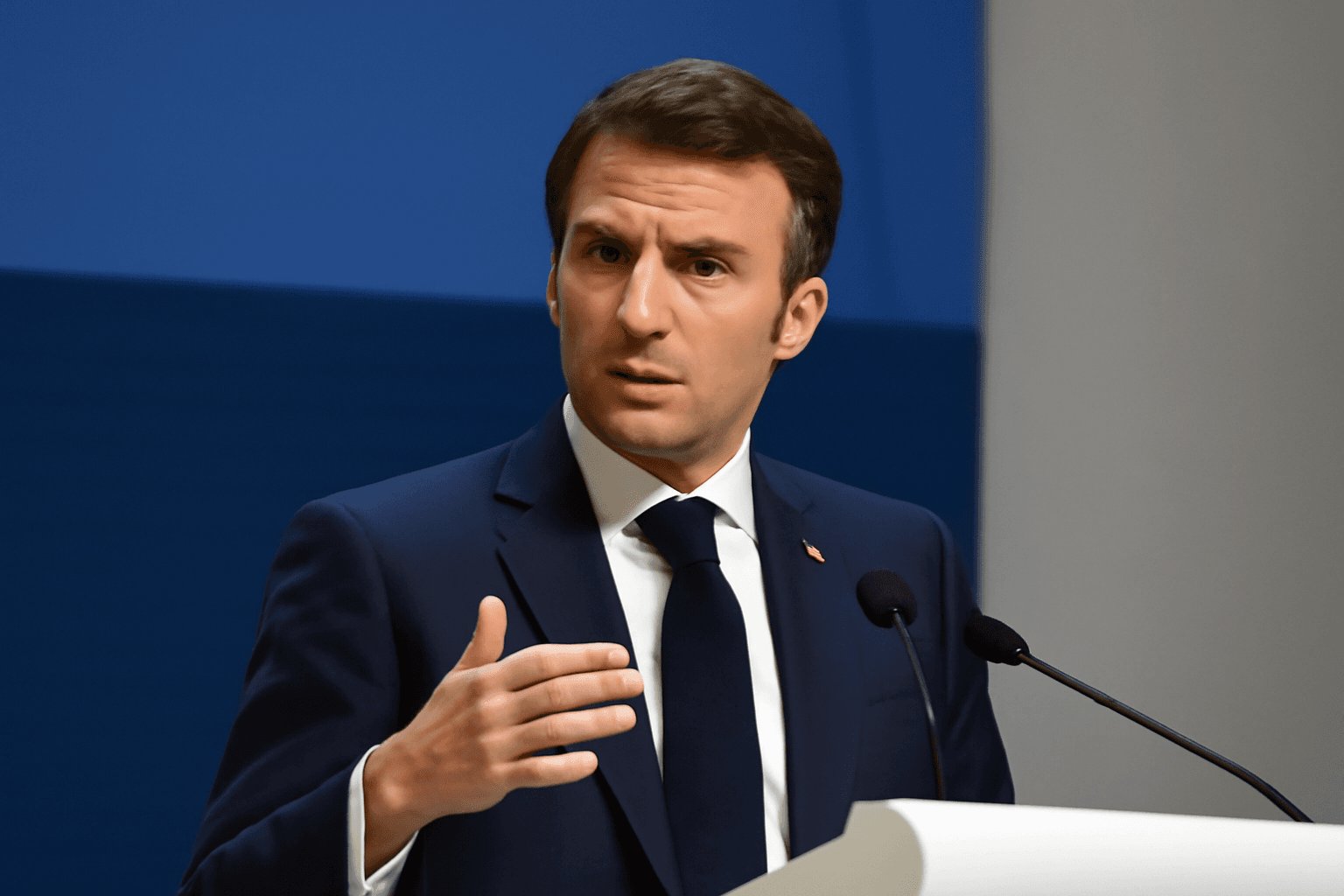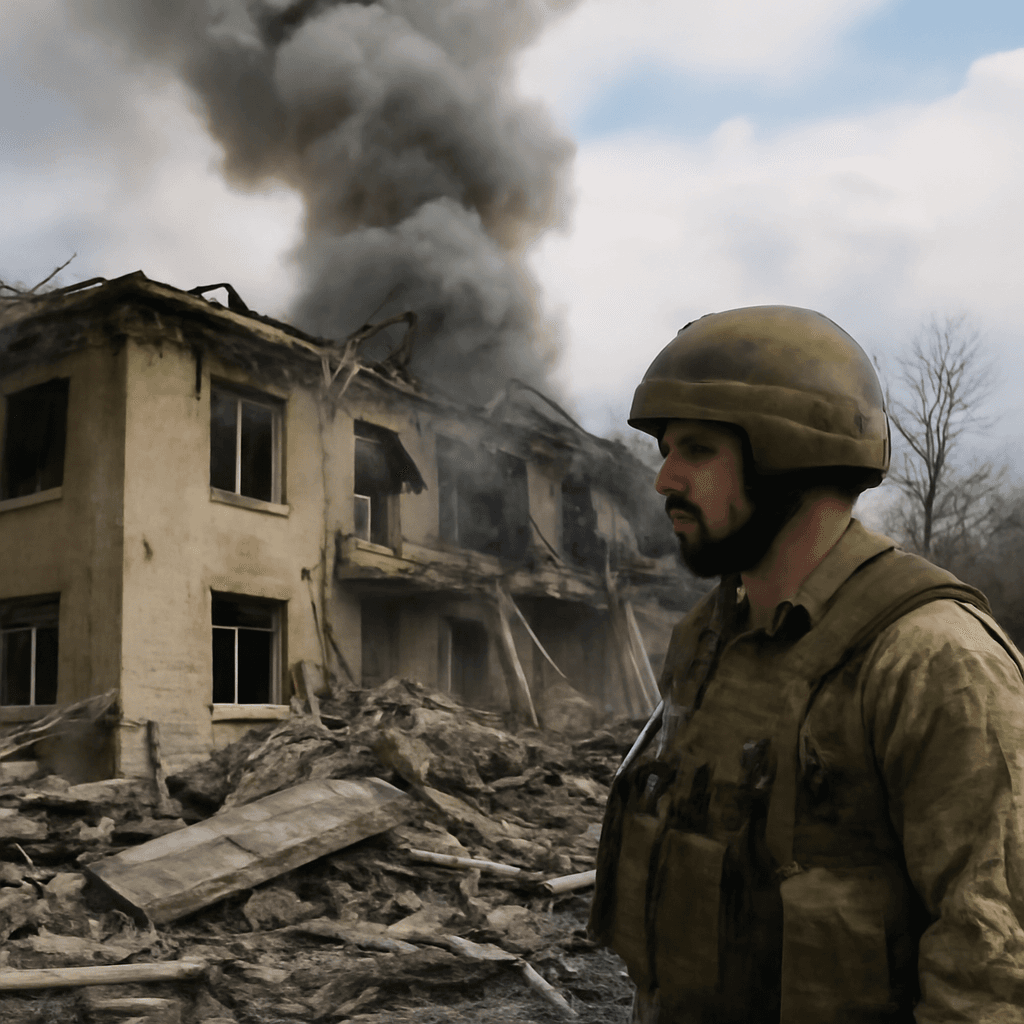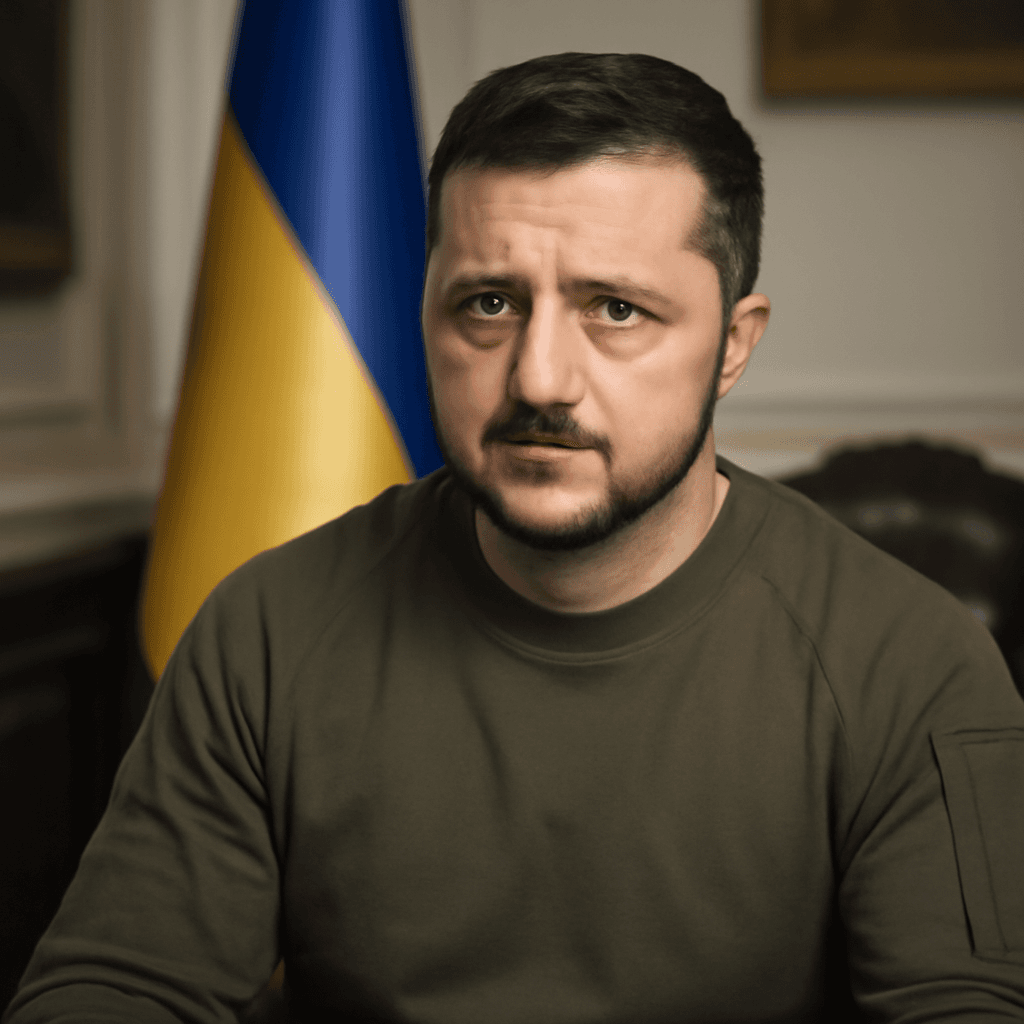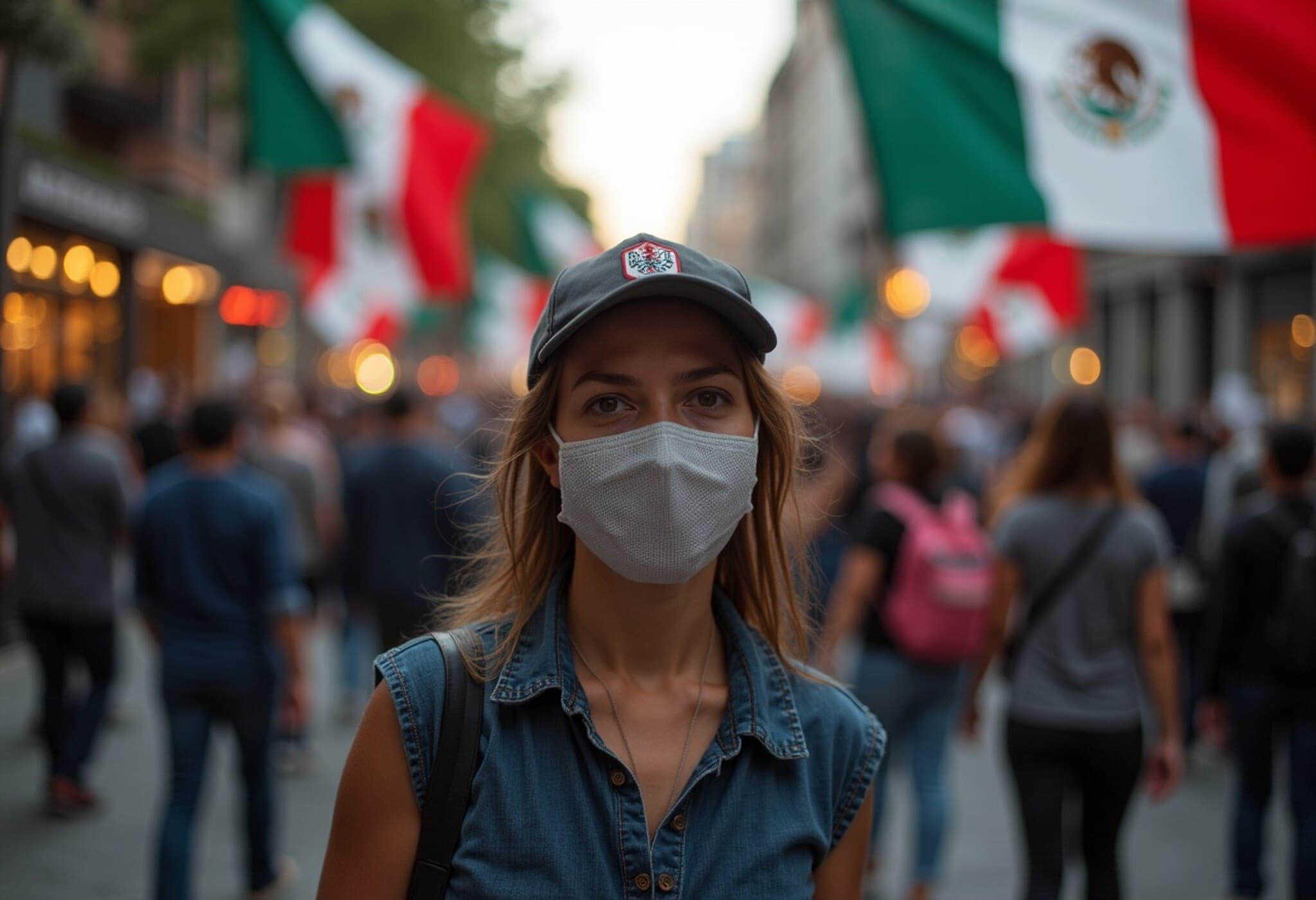Former Russian Transport Minister Found Dead in Apparent Suicide
In a development that has reignited concerns over a spate of suspicious deaths among Russian officials, Roman Starovoit, the ousted Russian Transport Minister, was found dead with a gunshot wound in his vehicle in Odintsovo, a suburb west of Moscow. The fatal discovery came just hours after he was officially removed from his post by President Vladimir Putin, according to Russia’s Investigative Committee.
At 53, Starovoit’s death adds a grim chapter to an unsettling pattern of mysterious fatalities involving high-profile figures connected to the Kremlin. Notably, a firearm gifted to Starovoit in an official capacity was reportedly found beside him.
Mysterious Deaths Shadow Russian Elite
The circumstances around Starovoit's death are eerily familiar to other recent high-profile incidents marked as suicides or accidents. Since early 2024, Russia has reported multiple cases of senior officials and oligarchs found dead under questionable conditions, a trend that has drawn widespread scrutiny and skepticism internationally.
Notable Deaths Since Early 2024
- Ivan Sechin (35), son of Rosneft chief, died in February 2024 after reporting health issues.
- Vitaly Robertus (53), Vice President of Lukoil, found hanged in March 2024.
- Dzianis Sidarenka (48), Belarusian ambassador to Germany, died from a fall in June 2024.
- Georgy Chibisov (44), Moscow Exchange marketing director, drowned after a fall in July 2024.
- Mikhail Rogachev (64), former Yukos vice president, fell to his death in October 2024.
- Buvaisar Saitiev (49), Olympic wrestler and Putin ally, reportedly died after a fall in March 2025.
- Andrei Badalov (62), vice president of Transneft, fell from an apartment window in July 2025.
The recurrence of deaths by fall or self-inflicted injury among Russia's political and business elite evokes a disturbing pattern that Western analysts and critics interpret as a possible mechanism of control and intimidation within the Kremlin’s inner circles.
Geopolitical Implications and the Kremlin’s Tightening Grip
Observers like Sir William Browder, a prominent activist and former financier, have characterized these fatalities as reflective of Putin's authoritarian consolidation and a ruthless approach to dissent, corruption inquiries, and loyalty enforcement. Browder, author of Red Notice, has documented Kremlin practices that target perceived enemies through opaque and often deadly methods.
The suspicious timing of Starovoit’s death, coinciding with his dismissal and ongoing investigations into alleged corruption tied to fortification failures in the Kursk region, signals potential political motives. Security expert Ivan Stupak suggests such deaths arise from implicit coercion – individuals face a grim choice of suicide to preserve family assets or imprisonment that devastates both personal and familial futures.
Corruption Probes and Political Fallout
Starovoit's dismissal reportedly connects to probes concerning misuse of state funds linked to military defenses, underscoring Moscow’s challenges following the failed Ukrainian assault on the Kursk region in 2024. Within recent months, Russia has intensified its crackdown on corruption, exemplified by lengthy prison sentences handed to military officials close to former defense minister Sergei Shoigu, himself removed amid the country's ongoing war strain.
What Lies Beneath: A Pattern of Fear and Control?
This wave of unexplained deaths raises critical questions about governance, rule of law, and human rights in Russia. Are these events reminders of a toxic political climate where loyalty and silence are enforced through fear? For global policymakers and human rights advocates, such developments call for vigilance and continued pressure for transparency.
Meanwhile, the Kremlin continues to publicly characterize these incidents as suicides or tragic accidents, often providing limited details and no official clarity, leaving the international community to grapple with a growing climate of suspicion and unrest among Russia's governing elite.
Editor’s Note
The string of unexplained deaths among Russia’s high-ranking officials compels a closer look beyond official narratives. How do such patterns affect international relations, especially amid ongoing geopolitical tensions? And what does this mean for internal governance and stability within Russia? As these questions linger, the global community must weigh the implications of a leadership style that seemingly prioritizes control over transparency and justice.

